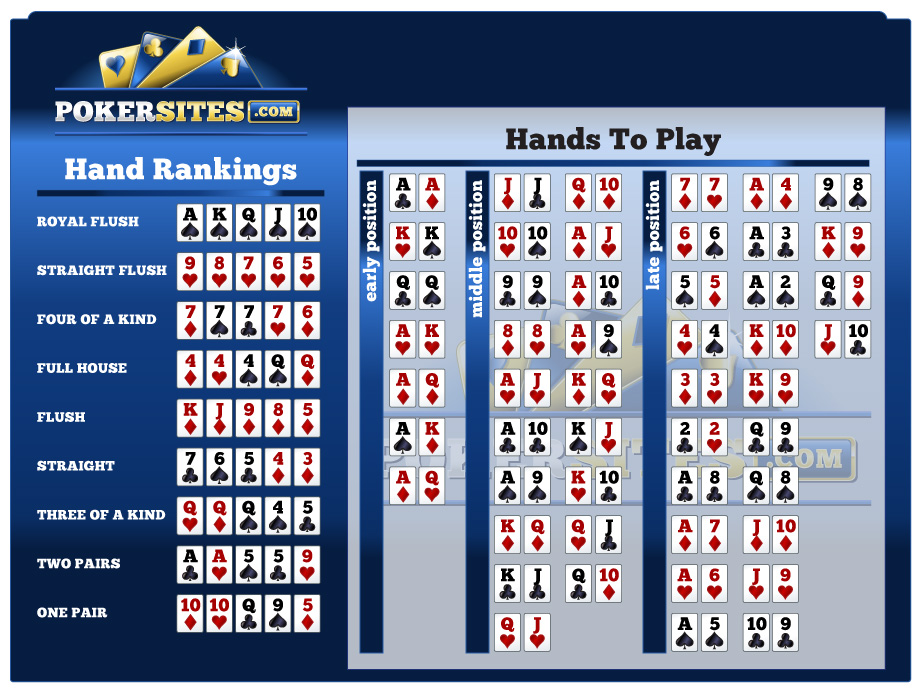Holdem Odds Calculator
On This Page

- Calculate odds, opponent profiling, and heads up display for Texas Holdem, no need for manual input. HoldemHelpem gives you the pocket rank of your starting hand, pot odds, how many hands can beat.
- Eureka Hold'em Odds Calculator can help you calculate your hand's odds. You can snapped the tool with your favorite poker room. Know odds and know how to win the hold'em poker.
- Try our free online poker odds calculator for texas hold em, omaha and omaha hi/lo. Calculate the percentage odds for your hand vs up to 4 other hands. Analyse the results, save your calculations and become a better poker player! With this site you can import your hand history straight into the calculator!

This calculator will give you the strategy and odds analysis for any situation in Ultimate Texas Hold 'Em®.
Introduction
This poker calculator will give you the odds of a win, loss, and tie for each player. Click on any card and it will be used in the position indicated by the yellow frame. You may click on any valid card to move the frame there. Check 'folded hand' to indicate the given player is out of the hand, removing his cards from the remaining deck. You may also configure any random situation. Enjoy!
The Wizard would like to give full credit and thanks to J.B. for this application.
Written by:Michael Shackleford
Once the flop has been dealt in Texas Hold'em, you'll be able to count your outs and know how likely it is your hand will improve. That will tell you whether you should stay in the hand or fold.
You can figure out your outs and odds for any hand, but here is a quick and dirty list of the most common scenarios:
Texas Hold'em Cheat SheetOdds Based on Outs after the Flop
If after the flop, you have:
Two outs: Your odds are 11 to 1 (about 8.5 percent)
A common scenario would be when you have a pair and you are hoping your pair becomes a three-of-a-kind (a set).
Four outs: Your odds are 5 to 1 (about 16.5 percent)
A common scenario would be when you are trying to hit an inside straight draw (there are 4 cards of one number that will complete the straight) or you have two pairs and you hope to make a full house (there are three cards remaining of one number and two of the other).
Eight outs: Your odds are 2 to 1 (about 31 percent)
A common scenario would be that you have an open-ended straight draw. There are four remaining cards of two different numbers that will complete your straight, on the high end and on the low end.
Nine outs: Your odds are 2 to 1 (about 35 percent)
This is the common scenario when you have a flush draw. Any of the nine remaining cards of the suit will give you a flush.
Fifteen outs: Your odds are 1 to 1 (about 54 percent)
A scenario for this is having a straight and flush draw, where either any of the nine remaining cards of the suit will give you a flush, while there are four cards remaining of each of two numbers that would complete a straight. However, you don't count the same cards twice as outs, so those of suit you hope to get don't count again.
The Rule of Four and Two
Poker Odds Calculator Download
These odds only apply to counting both the turn and the river, so they assume you will stay in the hand until the showdown. Your odds are only about half as good for a single card draw, such taking the hit on the turn or taking the hit on the river. A common way of looking at the difference in the odds when you will be seeing two cards compared with one is called the Rule of 4 and 2.
Card Player Texas Hold'em Odds Calculator
After the flop, count your outs and multiply them by four to get your percentage odds. This doesn't give you an exact number, but it is quickly in the ballpark. With 15 outs, 4 x 15 = 55 percent you'll complete that straight or flush with the next two draws.
However, when you are calculating the odds that a single draw will improve your hand, you multiply the outs by two rather than 4. With 15 outs, 2 x 15 = 30 percent chance.